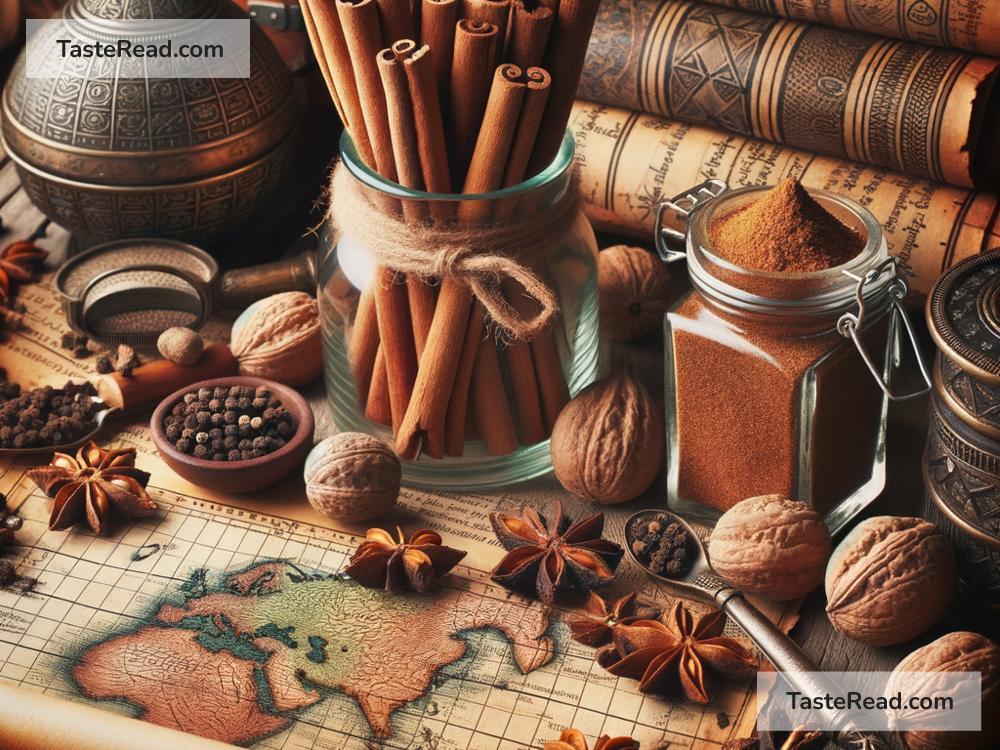How Cinnamon Became a Prized Spice
Cinnamon is a spice that adds flavor to both sweet and savory dishes. It’s so popular today that most people have it in their kitchens, ready to sprinkle into desserts, coffee, baked goods, or even stews. But did you know that cinnamon was once so valuable that wars were fought over it? Its history is as fascinating as its warm, fragrant aroma. Let’s take a journey back in time to learn how cinnamon became one of the world’s most prized spices.
What Is Cinnamon?
Cinnamon comes from the bark of certain trees. To make cinnamon, the outer layer of bark is removed, and the inner layer is dried until it curls into rolls called “sticks” or “quills.” These sticks are ground into powder or sold whole. The word “cinnamon” comes from an ancient Greek word meaning “sweet wood,” which describes its lovely aroma and taste.
There are two main types of cinnamon: Ceylon cinnamon, known as “true cinnamon,” and cassia cinnamon, which is more common and has a stronger flavor. Most of the cinnamon we use today is cassia.
The Origins of Cinnamon
Cinnamon has been used for thousands of years. It originates from Sri Lanka (formerly Ceylon) and parts of India, but it also grows in other tropical regions, including Southeast Asia. The ancient Egyptians were among the first to value cinnamon, as early as 2000 B.C. They used it as a perfume and in religious rituals, such as embalming mummies. Cinnamon was seen as a gift suitable for kings and gods.
In ancient times, cinnamon was so rare that it was treated like treasure. For a long time, people didn’t know where it came from. Traders kept its origins a secret to maintain high prices. In fact, some myths claimed that wild birds collected cinnamon sticks and built nests with them on cliffs, making it dangerous to retrieve!
Cinnamon’s Role in Trade
Cinnamon was one of the most desired spices during the spice trade, alongside items like black pepper, cloves, and nutmeg. Around 600 B.C., Arab traders brought cinnamon to Europe and Asia. They traveled long distances by land and sea to supply the spice to wealthy customers.
By the Middle Ages, cinnamon was extremely valuable in Europe. People used it to preserve meat, flavor food, and even show off their wealth. One pound of cinnamon cost more than a worker’s yearly wages!
The spice trade became big business, with major powers competing to control the sources of cinnamon. For centuries, the Venetians had a monopoly on bringing cinnamon into Europe from the East. Their ships traveled between the Mediterranean ports and Asia, making Venice one of the richest cities in the world.
The Age of Exploration
The 15th and 16th centuries were a time known as the Age of Exploration. European explorers set out to find new trade routes and sources of spices, including cinnamon. These journeys changed the world forever.
The Portuguese were among the first Europeans to establish control over cinnamon production in Sri Lanka. In the early 16th century, they captured trading ports and forced the local population to harvest cinnamon under harsh conditions. By controlling the spice trade, the Portuguese grew very wealthy.
In the 17th century, the Dutch ousted the Portuguese from Sri Lanka and took over the cinnamon trade. They carefully managed cinnamon planting and harvesting to ensure high quality and profits. However, the Dutch didn’t keep control for long. In the 18th century, the British gained control of Sri Lanka and became the major supplier of cinnamon.
A Gradual Shift
As time went on, cinnamon became more accessible. New plantations were established in other parts of the world, such as Indonesia and the Caribbean, making cinnamon easier to produce. This lowered its price and allowed more people to enjoy it. By the 19th century, cinnamon was no longer a luxury item reserved for kings and nobles; it was an affordable spice that ordinary families could use.
Cinnamon Today
Today, cinnamon is widely grown and consumed around the world. Sri Lanka is still famous for producing high-quality Ceylon cinnamon. It’s loved not just for its taste but also for its potential health benefits, which include improving blood sugar control and fighting inflammation.
Cinnamon has come a long way from being a mysterious treasure traded in secret. It has become a household name and is used in countless recipes and products. Though it’s no longer as rare or expensive as it once was, its fascinating history reminds us of how something as simple as a spice helped shape world trade and exploration.
Conclusion
Cinnamon’s journey from a prized treasure to a common kitchen staple is incredible. It played a key role in global history, influencing trade routes, shaping economies, and even sparking conflict. The next time you sprinkle some cinnamon on your oatmeal or sip a spiced latte, consider the rich history behind this humble spice. Cinnamon is more than just a flavor—it’s a story wrapped in ancient trade, exploration, and discovery.


